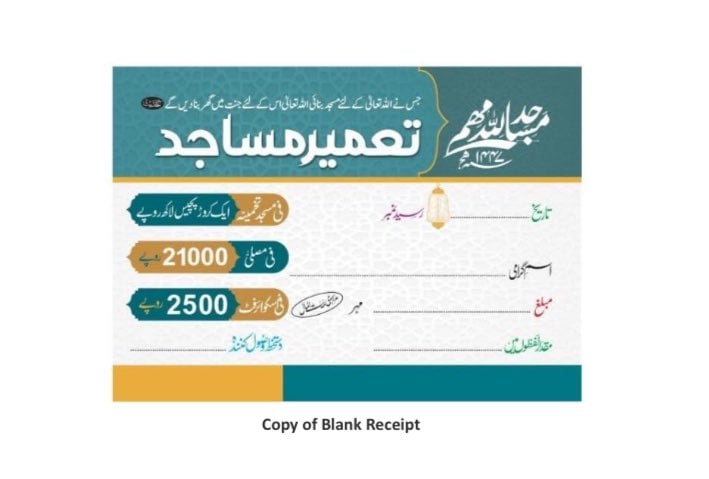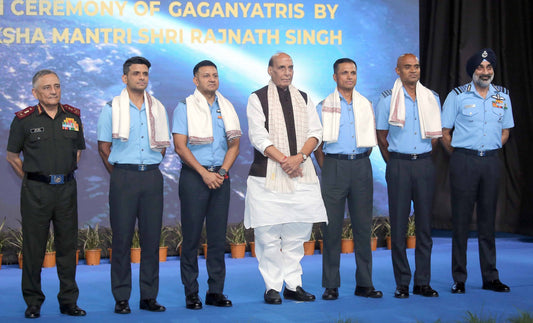Jaish-e-Mohammed Utilizes Digital Wallets for Fundraising Following Indian Counter-Terror Strikes

The terrorist organization Jaish-e-Mohammed (JeM), based in Pakistan and headed by UN-designated terrorist Maulana Masood Azhar, has resorted to digital fundraising efforts to rebuild its terror infrastructure following its destruction in Operation Sindoor. Indian intelligence reports indicate that JeM is utilizing Pakistani e-wallet services such as EasyPaisa and SadaPay to amass approximately PKR 3.91 billion (USD 14 million) for the construction of 313 new training centers, known as markaz, throughout Pakistan.
This fundraising initiative was launched in response to India’s precision military strikes on May 7, 2025, which targeted JeM’s headquarters, Markaz Subhanallah, in Bahawalpur, along with four additional camps, resulting in the deaths of at least 14 operatives, including close relatives of Azhar.


Funds are being channeled into more than 2,000 digital wallets associated with Azhar’s family members and associates. Traced accounts reveal one SadaPay wallet linked to his brother Talha Al Saif, while an EasyPaisa account is controlled by Azhar’s son Abdullah. In Khyber Pakhtunkhwa, JeM operative Syed Safdar Shah has been collecting donations via wallets registered near Oghi in Mansehra district. These wallets are frequently rotated to evade detection, a method described by Indian agencies as a form of “digital hawala.”
An audio message intercepted from Talha Al Saif and circulated on August 15 at Markaz Usman O Ali called on supporters to contribute PKR 21,000 each. The propaganda emphasizes constructing large centers as safe houses for leadership, medium-sized ones as training camps, and smaller hubs to support logistics operations.
This situation underscores Pakistan’s inadequate measures against terror financing, despite its international obligations. Following its inclusion on the FATF grey list in 2018, Islamabad claimed to have dismantled JeM’s networks and frozen bank accounts belonging to Masood Azhar and his brothers. Nevertheless, with traditional cash channels restricted, JeM has adapted by using digital wallets, which operate outside the SWIFT system and are more challenging to monitor.
JeM is reportedly generating over PKR 100 crore annually through e-wallets, with nearly half allocated to arms purchases. Indian intelligence assessments suggest connections between JeM and Hamas, raising concerns that funds might be redirected to acquire attack drones on the black market.
Analysts caution that decentralizing its facilities into numerous smaller centers could render JeM more elusive in future military operations. The renewed fundraising efforts also signal the group’s determination to quickly restore its capabilities, even as Pakistan’s government faces increasing pressure over its involvement in promoting cross-border terrorism.
Operation Sindoor represented a significant advancement in India’s counter-terror strategy, and JeM’s digital transition highlights the resilience of terror financing networks and the hurdles confronting global counter-terrorism monitoring systems.



















